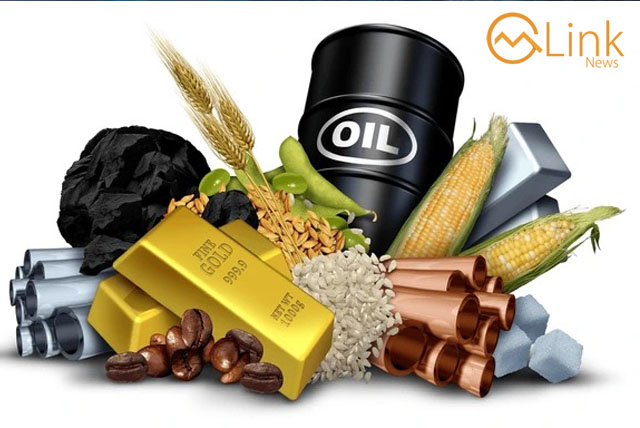May 15, 2023 (MLN): Since coal contributes around 60% to the cost of production for cement manufacturers in Pakistan, the sharp reduction in coal prices will give the opportunity for cement players to enjoy massive profits.
Coal prices have retreated around 76% from the highs of 2022, with the FOB price of RB1 falling from $460 per ton in March 2022 to $112 per ton now.
The cherry on the top, freight charges from Richards Bay to Karachi have also reduced to $16.3 per ton from $30.4 per ton a year ago.
Due to the plunge in coal prices and freight charges, the export competitiveness of southern players of Pakistan will increase substantially.
Accordingly, it is expected for them to have idle surplus capacity available which can be utilized to lower the overall fixed cost per ton.
LC restrictions emanating from the shortage of foreign exchange reserves have forced cement factories to rely on Afghan and local coal, the report by Alfalah Securities highlighted.
The downward revision in Afghan coal prices has not been as drastic as that of other imported coal. Afghan coal prices in Northern Punjab currently hover around Rs52,000 per ton compared to highs of Rs69,000 per ton a year ago.
Meanwhile, PKR-denominated implied RB1 prices in the North should have fallen from highs of Rs99,000 per ton to Rs51,000 per ton now.
Hence, problems on the external front have resulted in the erosion of discount of Afghan coal from imported coal prevailing in yesteryears, it added.
The report further stated that further downward adjustment in Afghan coal prices will be minimal.
This assessment stemmed from the observation that coal traders currently have a very low bearing on prices as a huge chunk of the price goes to the Afghan government in the form of royalty and export taxes.
Against this backdrop, if companies are allowed to import against a proportion of their export proceeds, then such a policy can prove a boon for cement companies, specifically for Southern players.
The benefit for Southern players will be much higher on the following counts:
- Factory gate delivered price of RB1 will be lower for Southern factories on an energy equivalent basis (45K vs 51K) due to lower inland freight.
- Factory gate delivered price of Afghan coal is higher for Southern players than Northern counterparts (57K vs 52K).
- Since exports constitute a large portion of their total offtake, they can import more coal.
What about Northern Players?
Northern players do not benefit significantly in such a scenario since Afghan coal is trading close to RB1 on an energy-equivalent basis in the Northern region. However, Afghan coal is trading at a huge premium in the Southern market.
The report noted that the Northern players will have a minimal impact since the energy equivalent import price of RB1 in the North is similar to that of Afghan coal.
Copyright Mettis Link News
Posted on: 2023-05-15T13:05:05+05:00







